Ancient Chinese myths are rich with stories that have shaped the culture and beliefs of China for centuries. These tales often feature legendary heroes, powerful deities, and mystical creatures that reflect the values and history of the Chinese people. However, behind these well-known myths lie lesser-known facts that add depth and intrigue to these ancient stories. This article explores some of these fascinating details, shedding light on the hidden aspects of China’s most enduring legends.
The Creation Myth – Pangu
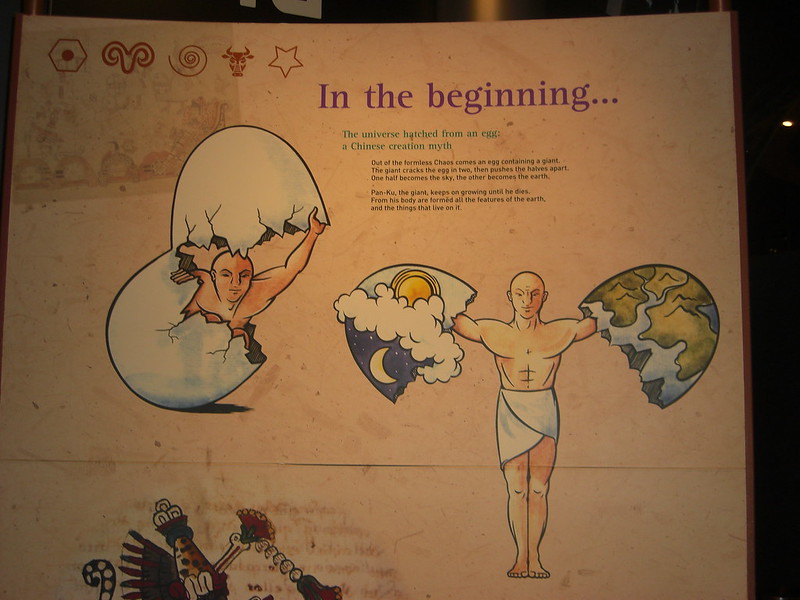
Pangu is said to have created the world by separating the sky from the earth with a giant axe. According to the myth, Pangu grew for 18,000 years, his body forming the mountains, rivers, and other natural elements. A lesser-known fact is that the myth of Pangu may have been influenced by earlier Daoist beliefs, reflecting the Chinese worldview of balance between Yin and Yang. Unlike the creation myths of other cultures, Pangu’s tale emphasizes harmony and the interconnectedness of all things.
The Legend of Nüwa
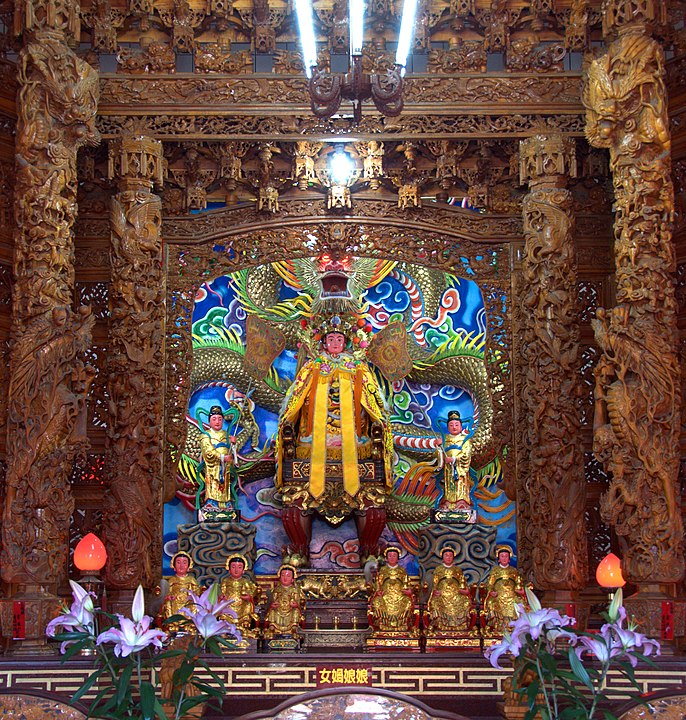
Nüwa, the goddess who created humans from yellow clay, is also credited with repairing the sky after it was torn apart. While Nüwa is often celebrated for her role in humanity’s creation, a lesser-known aspect of her story involves her efforts to restore cosmic order by slaying a giant turtle to use its legs as pillars to support the heavens. This myth underscores the ancient Chinese belief in the importance of maintaining balance in the universe.
Houyi and the Ten Suns
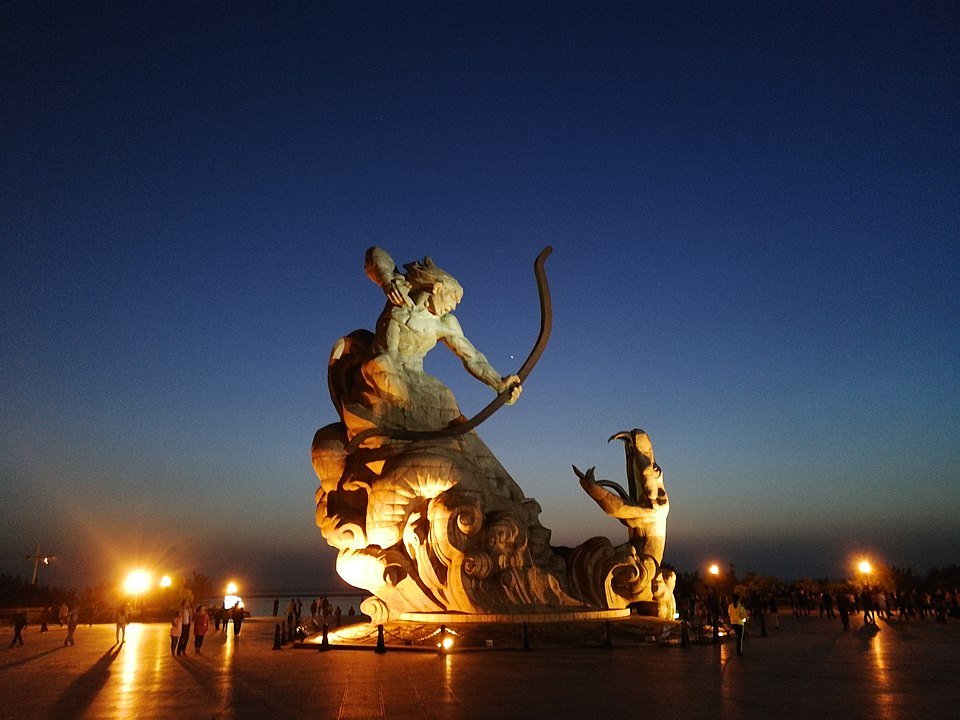
The myth of Houyi, the archer who shot down nine of the ten suns that threatened to scorch the earth, is widely known. However, few know that in some versions of the story, Houyi was later punished by the gods for his actions, leading to his eventual fall from grace. This tale highlights the duality of heroism and the consequences of defying the natural order, a common theme in Chinese mythology.
The Cowherd and the Weaver Girl
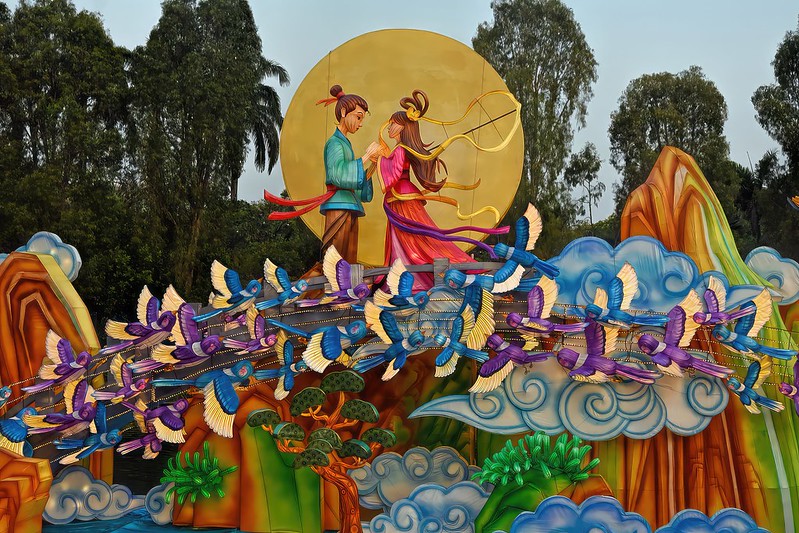
This romantic tale of two star-crossed lovers, represented by the stars Altair and Vega, is celebrated during the Qixi Festival. A lesser-known fact about this myth is that it was initially rooted in agricultural practices, symbolizing the importance of hard work and the cycles of nature. The annual reunion of the lovers across the Milky Way represents the balance between duty and love, a reflection of Confucian values.
The Yellow Emperor (Huangdi)
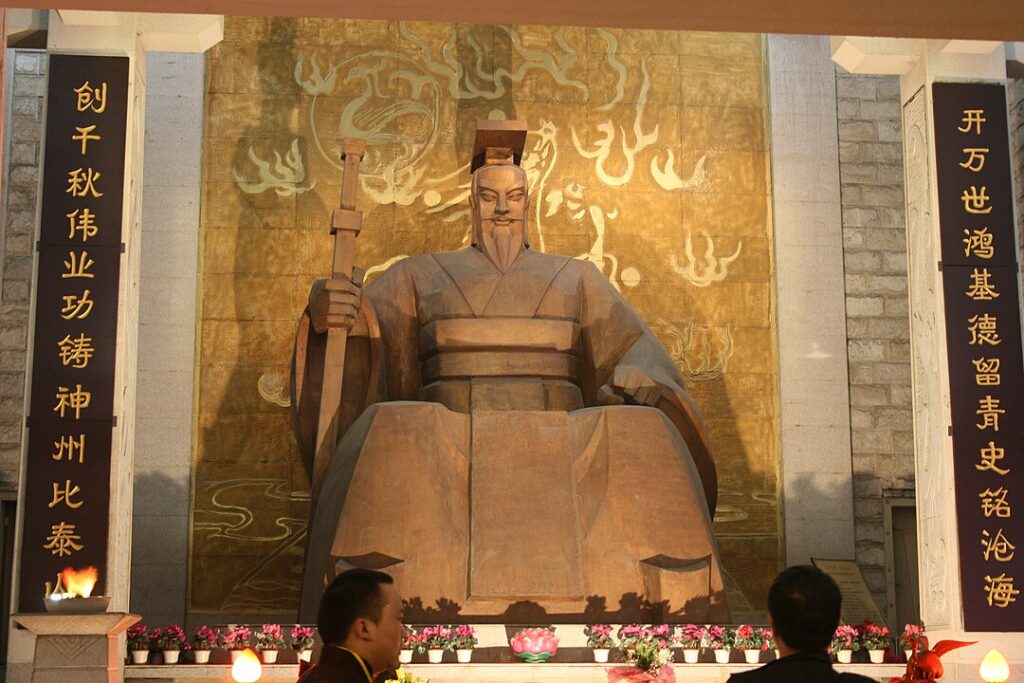
Huangdi, one of China’s mythological founding emperors, is credited with numerous inventions, including the compass and Chinese medicine. What many don’t know is that Huangdi’s legend has been adapted over time to serve various political agendas, particularly during the Han Dynasty, where his image was used to legitimize the ruling power. His myth embodies the ideal ruler and the divine right to govern.
The Battle of Zhuolu

This ancient myth recounts the battle between Huangdi and the warlord Chiyou, which is said to have shaped the early Chinese civilization. While the battle is a well-known part of Chinese folklore, a lesser-known aspect is the symbolic representation of the forces of chaos (Chiyou) against order (Huangdi). This myth reflects the Chinese emphasis on societal harmony and the triumph of civilization over barbarism.
Chang’e and the Moon
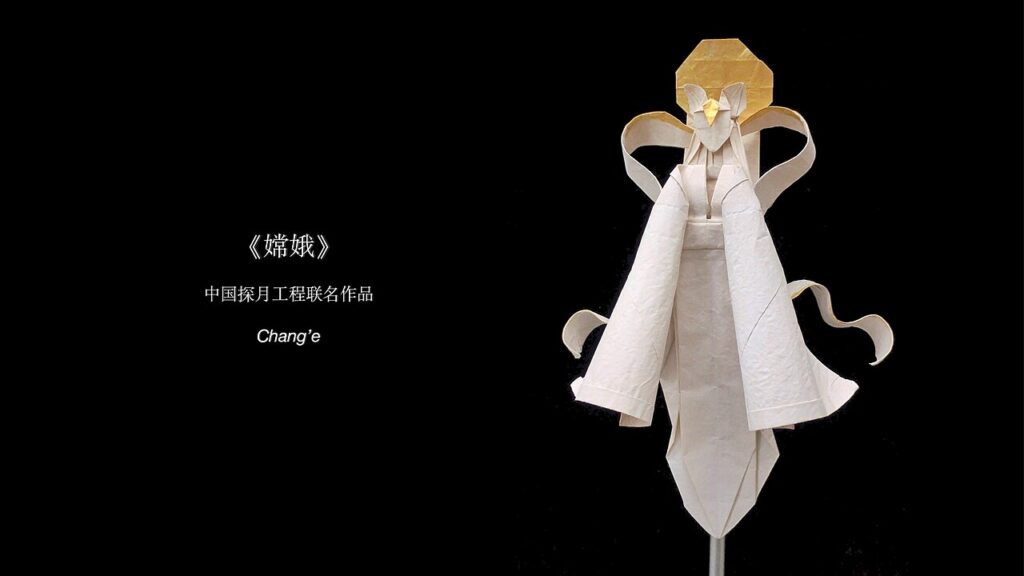
Chang’e, the moon goddess who drank an elixir of immortality and ascended to the moon, is a central figure in the Mid-Autumn Festival. Lesser-known is the fact that Chang’e’s story has multiple variations, with some versions portraying her as a tragic figure who regretted leaving her husband behind. The myth is a reflection of the Chinese cultural emphasis on family unity and the sorrow of separation.
The Jade Rabbit
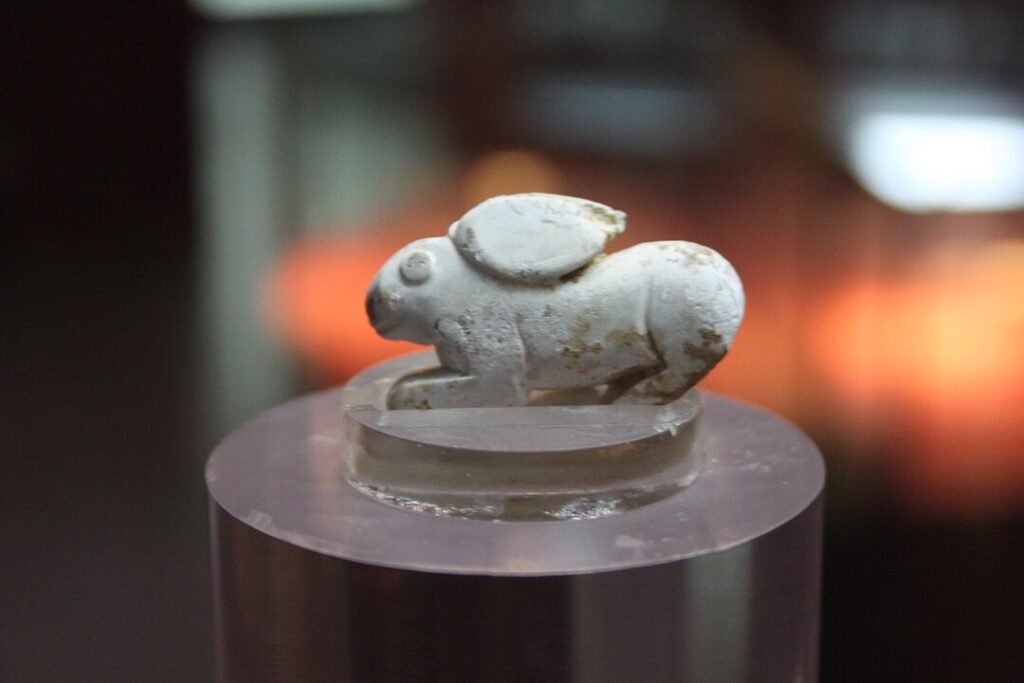
Often associated with Chang’e, the Jade Rabbit is said to reside on the moon, constantly pounding the elixir of life. A lesser-known fact about the Jade Rabbit is its connection to Buddhist tales, where it symbolizes selflessness and compassion. This myth underscores the blending of indigenous Chinese beliefs with Buddhist influences, illustrating the cultural syncretism present in Chinese mythology.
The Dragon Kings
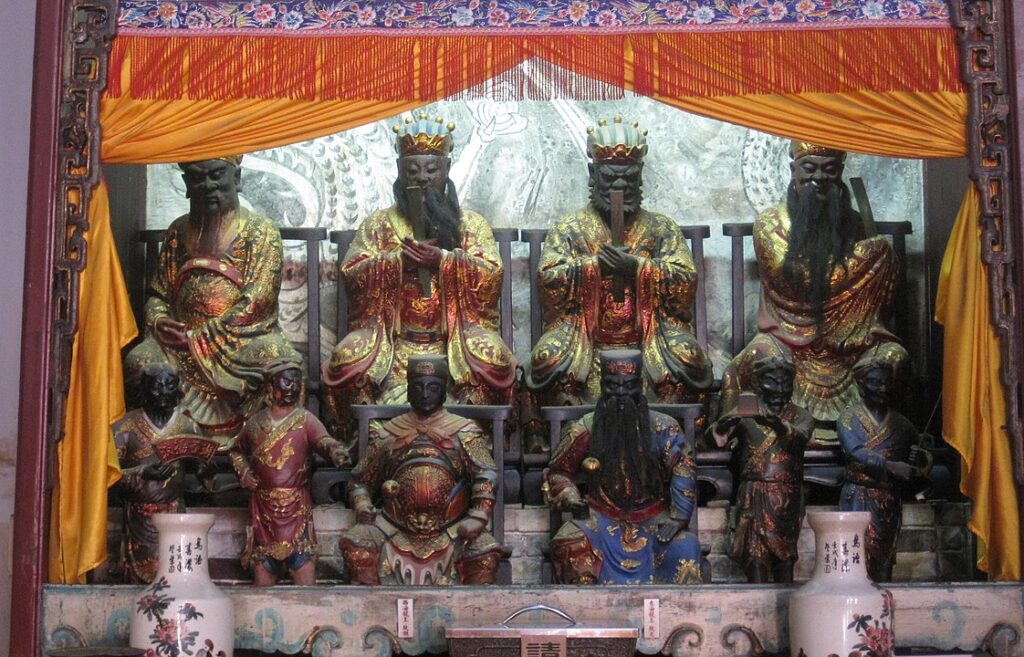
The Dragon Kings, rulers of the four seas, are revered as powerful deities in Chinese mythology. Lesser-known is the fact that these deities were often invoked during times of drought or natural disasters, as they were believed to control the elements. The myth of the Dragon Kings reflects the deep connection between Chinese culture and the natural world, as well as the reverence for water as a life-sustaining force.
The Eight Immortals
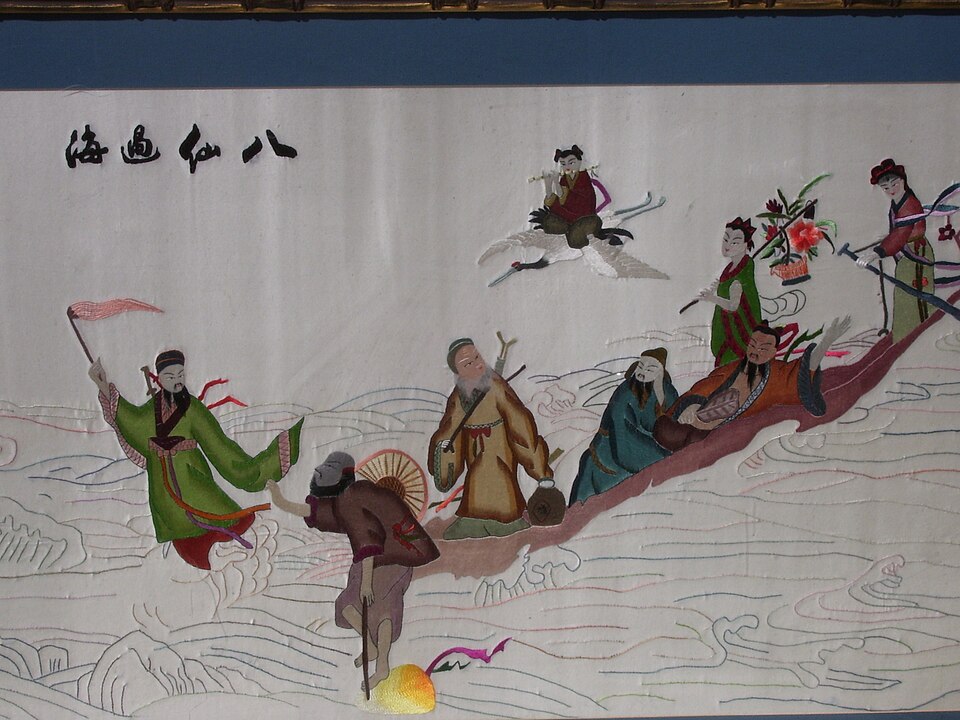
The Eight Immortals are a group of legendary figures in Chinese mythology, each possessing unique powers and often depicted together. What is less known is that the Eight Immortals are thought to represent different social classes and occupations, reflecting the Daoist belief in the potential for anyone to achieve immortality. Their stories often contain moral lessons and symbolize the pursuit of enlightenment.
The Legend of Mazu
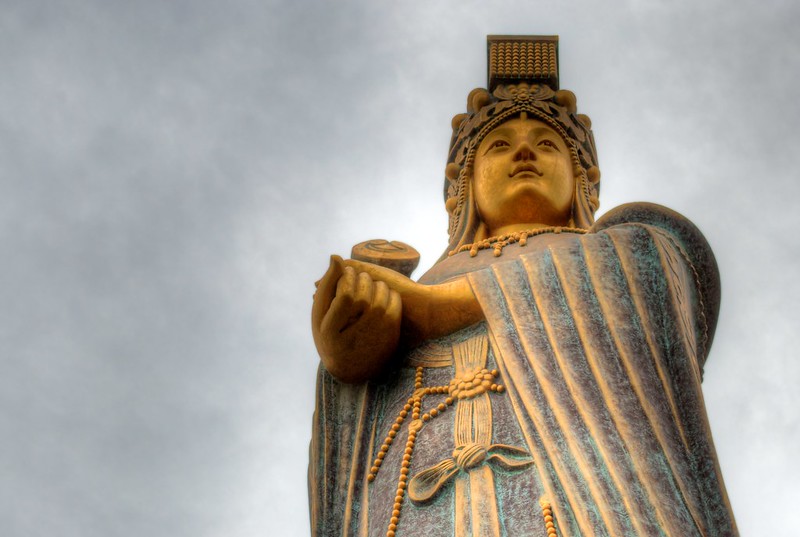
Mazu, the sea goddess who protects fishermen and sailors, is one of the most revered deities in coastal China. A lesser-known fact is that Mazu was originally a mortal woman named Lin Mo, who was later deified after her miraculous deeds. Her myth highlights the importance of maritime culture in China and the belief in divine protection for those who navigate the seas.
The White Snake
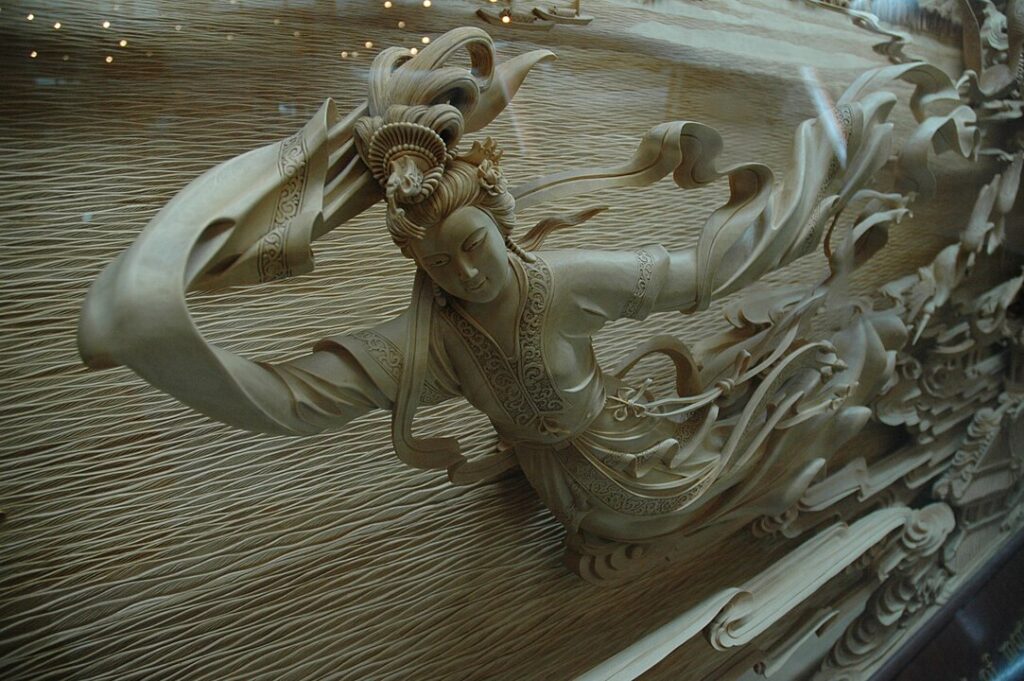
The Legend of the White Snake tells the story of a snake spirit who transforms into a woman and falls in love with a human. While the story is popular in Chinese opera and literature, its lesser-known roots lie in Buddhist teachings about the dangers of attachment and the cycle of rebirth. This myth illustrates the tension between love and spiritual discipline, a common theme in Chinese folklore.
Kua Fu Chasing the Sun
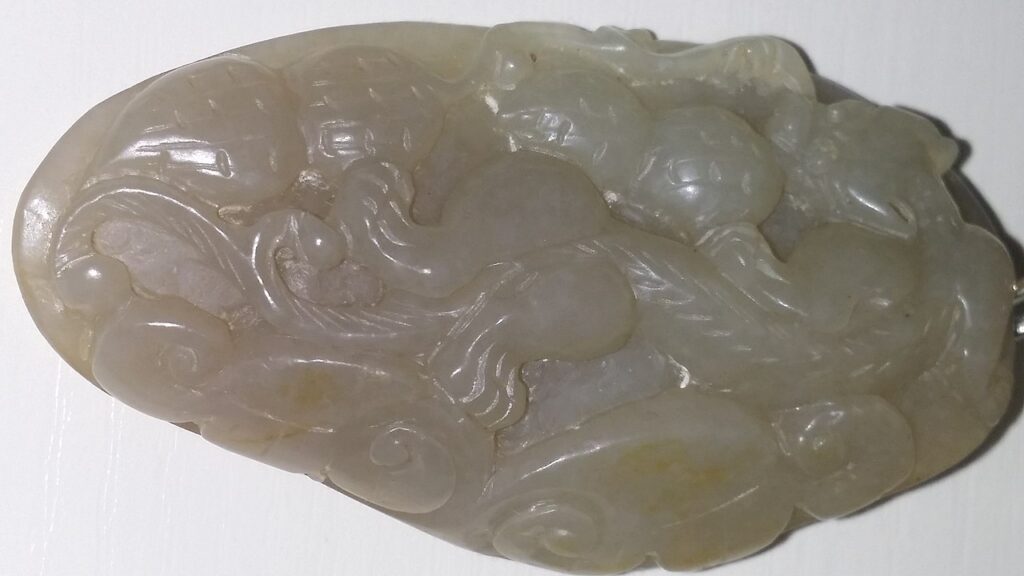
Kua Fu, a giant who attempted to chase and capture the sun, is a lesser-known but fascinating myth. The story ends tragically, with Kua Fu dying of thirst, but his determination is celebrated. This myth is often interpreted as a metaphor for human ambition and the relentless pursuit of goals, regardless of the consequences, reflecting the values of perseverance and bravery.
The Peach Blossom Spring
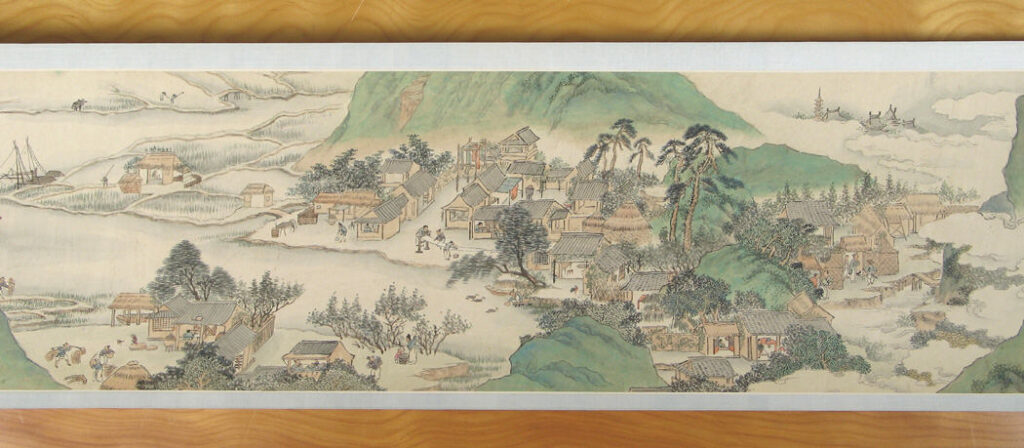
The story of the Peach Blossom Spring describes a hidden utopia where people live in harmony, isolated from the outside world. While the tale is often seen as an idyllic vision of a perfect society, it also serves as a critique of the political turmoil and corruption in ancient China. The myth highlights the desire for peace and the escapist fantasy of a better world, themes that resonate deeply in Chinese culture.
The Queen Mother of the West (Xiwangmu)
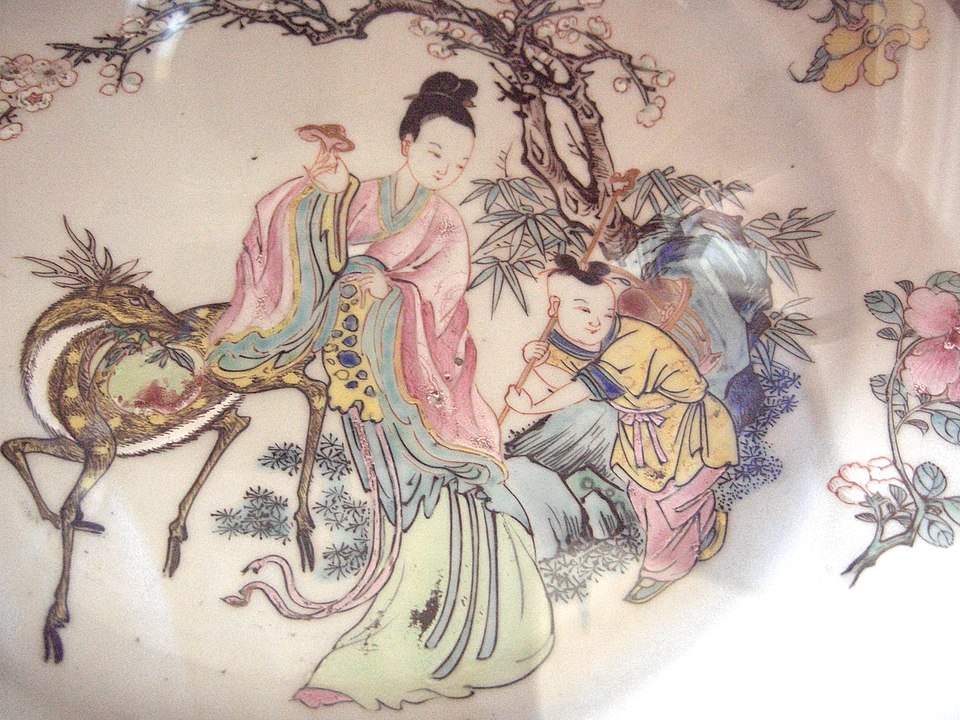
Xiwangmu, the Queen Mother of the West, is a powerful goddess who rules over immortality and is often associated with the mythical paradise of Kunlun. A lesser-known fact is that Xiwangmu was initially depicted as a fearsome deity with tiger teeth and a human face before being transformed into a benevolent figure. This myth represents the evolution of Chinese religious beliefs and the blending of shamanistic and Daoist traditions.
The Great Flood and Yu the Great
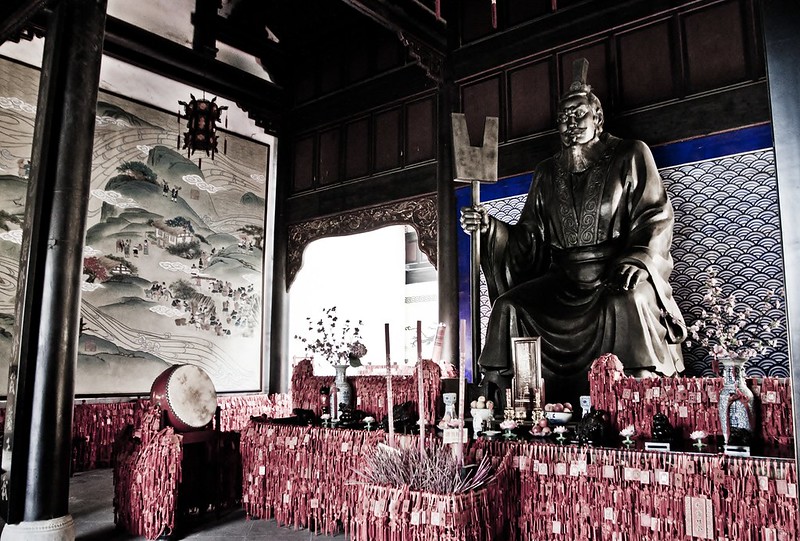
The myth of the Great Flood and Yu the Great, who is credited with controlling the floodwaters and founding the Xia Dynasty, is a foundational legend in Chinese history. What is less known is that Yu’s method of flood control, which involved redirecting rivers rather than damming them, reflects ancient Chinese engineering principles and the philosophical approach of working with nature rather than against it.
The Legend of the Red Thread

The Red Thread of Fate is a myth that suggests that people destined to meet are connected by an invisible red thread. A lesser-known aspect of this myth is its origins in ancient Chinese marriage customs, where red was a color symbolizing luck and prosperity. The myth highlights the belief in predestined relationships and the cultural importance of marriage and family in Chinese society.
Fuxi and the Invention of Writing
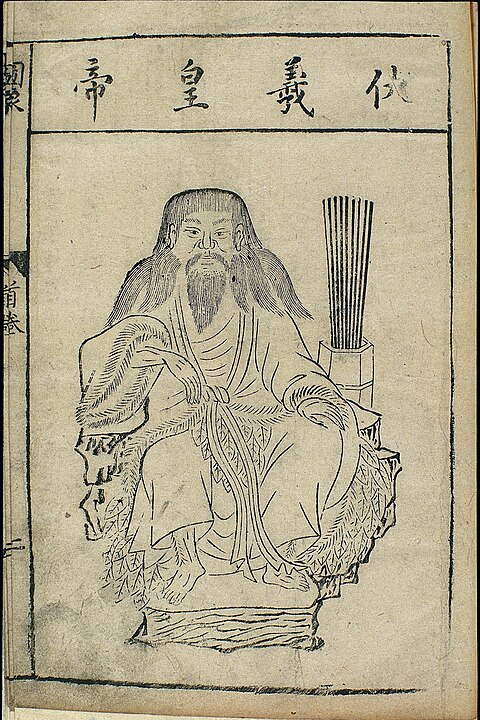
Fuxi, along with his sister Nüwa, is credited with creating humanity, but he is also revered for inventing writing, fishing, and animal domestication. A lesser-known fact is that Fuxi’s creation of the Eight Trigrams (Bagua) laid the foundation for the I Ching, a cornerstone of Chinese philosophy and cosmology. This myth underscores the importance of intellectual achievements and the development of civilization in Chinese culture.
The Weaver Maid and the Buffalo Boy
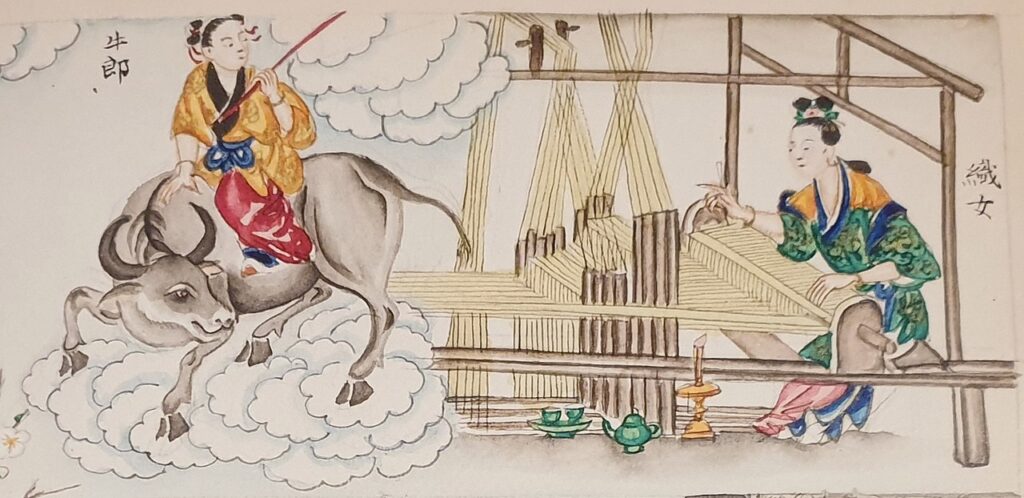
The story of the Weaver Maid and the Buffalo Boy, similar to the Cowherd and Weaver Girl, is a tale of forbidden love. What is less known is that this myth has been interpreted as an allegory for the hardships of agricultural life, with the characters representing different aspects of rural labor. The myth highlights the values of diligence and the challenges faced by common people in ancient China.
The Divine Farmer (Shennong)
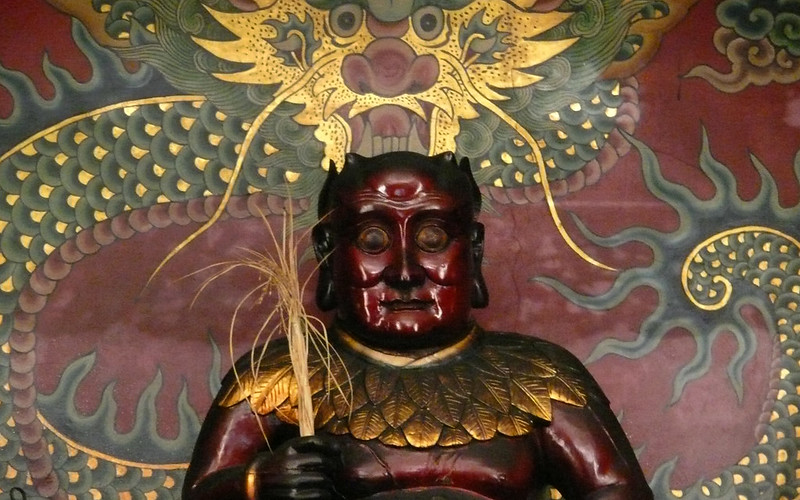
Shennong, the Divine Farmer, is credited with teaching ancient Chinese people agriculture and herbal medicine. A lesser-known aspect of Shennong’s myth is his experimentation with various plants, which led to his death after consuming a toxic herb. This myth reflects the importance of agriculture in Chinese civilization and the reverence for those who contributed to the well-being of society through knowledge and innovation.
This article originally appeared on UnifyCosmos.
More from UnifyCosmos
16 Best Sleep Apps to Enhance Your Sleep Quality

This article explores 16 of the best sleep apps, each with unique features to improve sleep quality. Whether you have insomnia or just want to enhance your sleep routine, these apps could be the solution you need. Read more!
25 Classic Bread Recipes from Different Cultures

Let’s explore some of the most beloved bread recipes from different cultures and learn what makes each one special. Read more!
20 Seasonal Skincare Adjustments for Optimal Health

Each season brings different challenges, from dryness in winter to sun damage in summer. Simple tweaks to your routine can make a big difference in maintaining optimal skin health year-round. Read More!
Leave a Reply